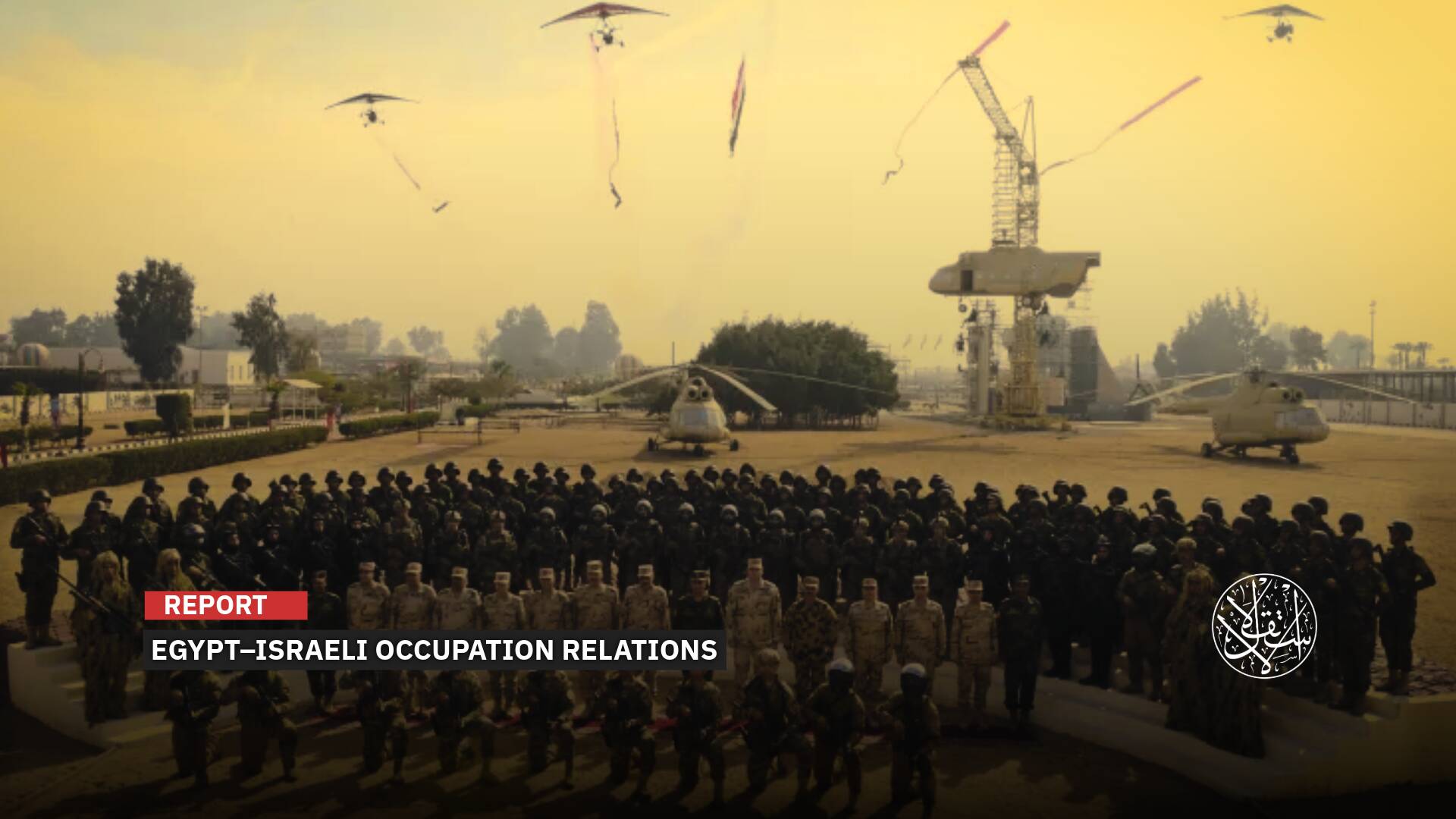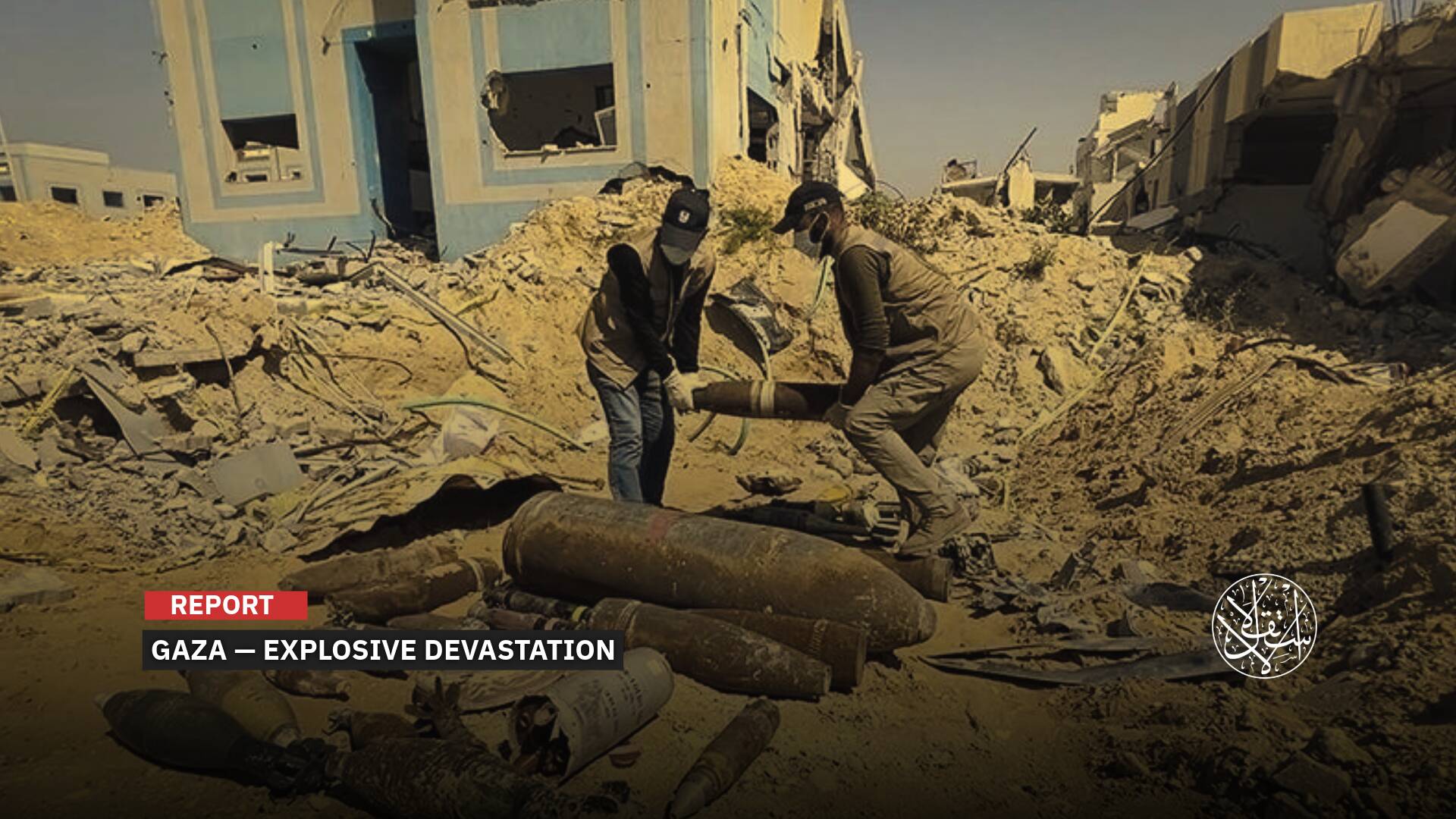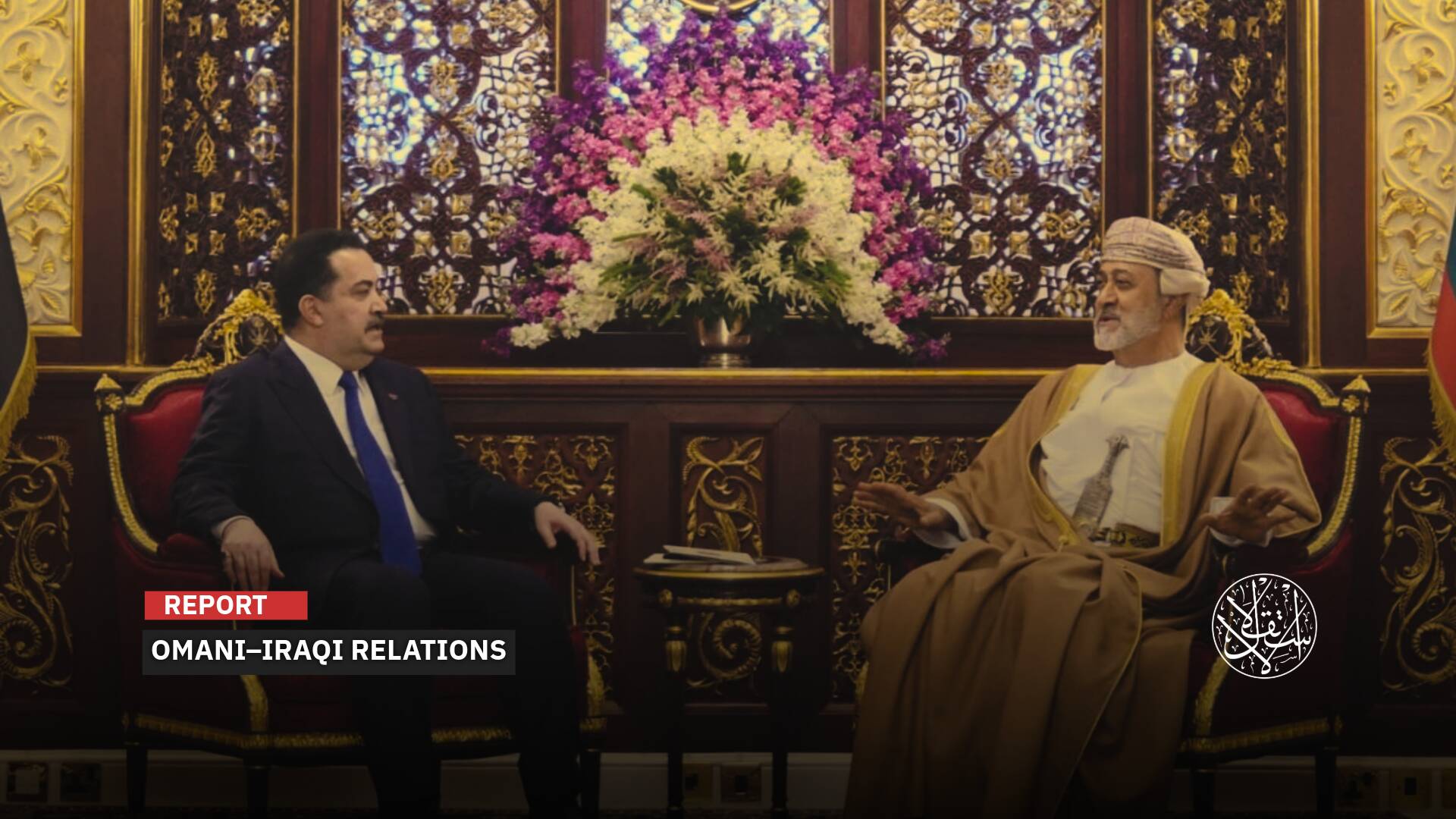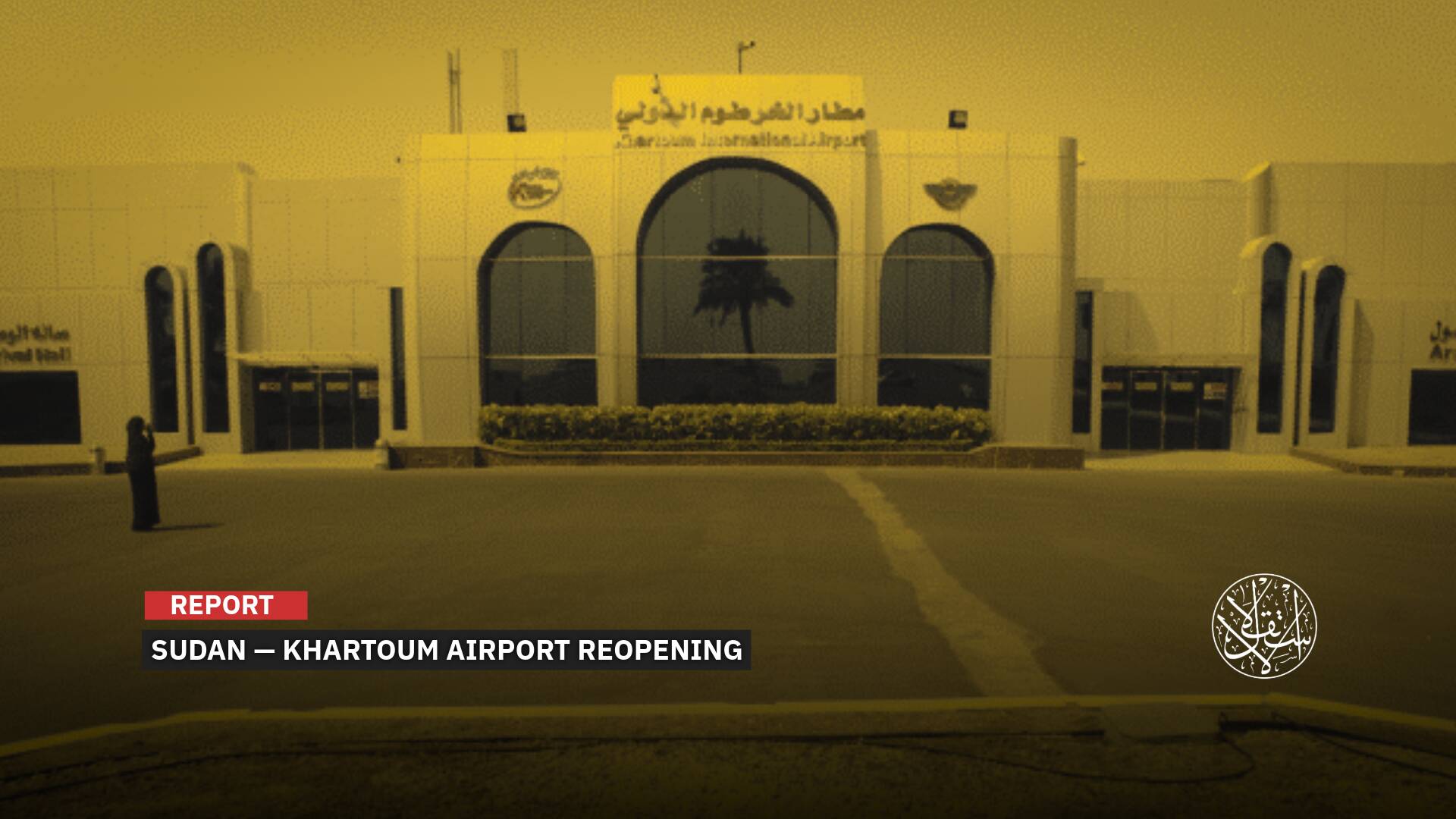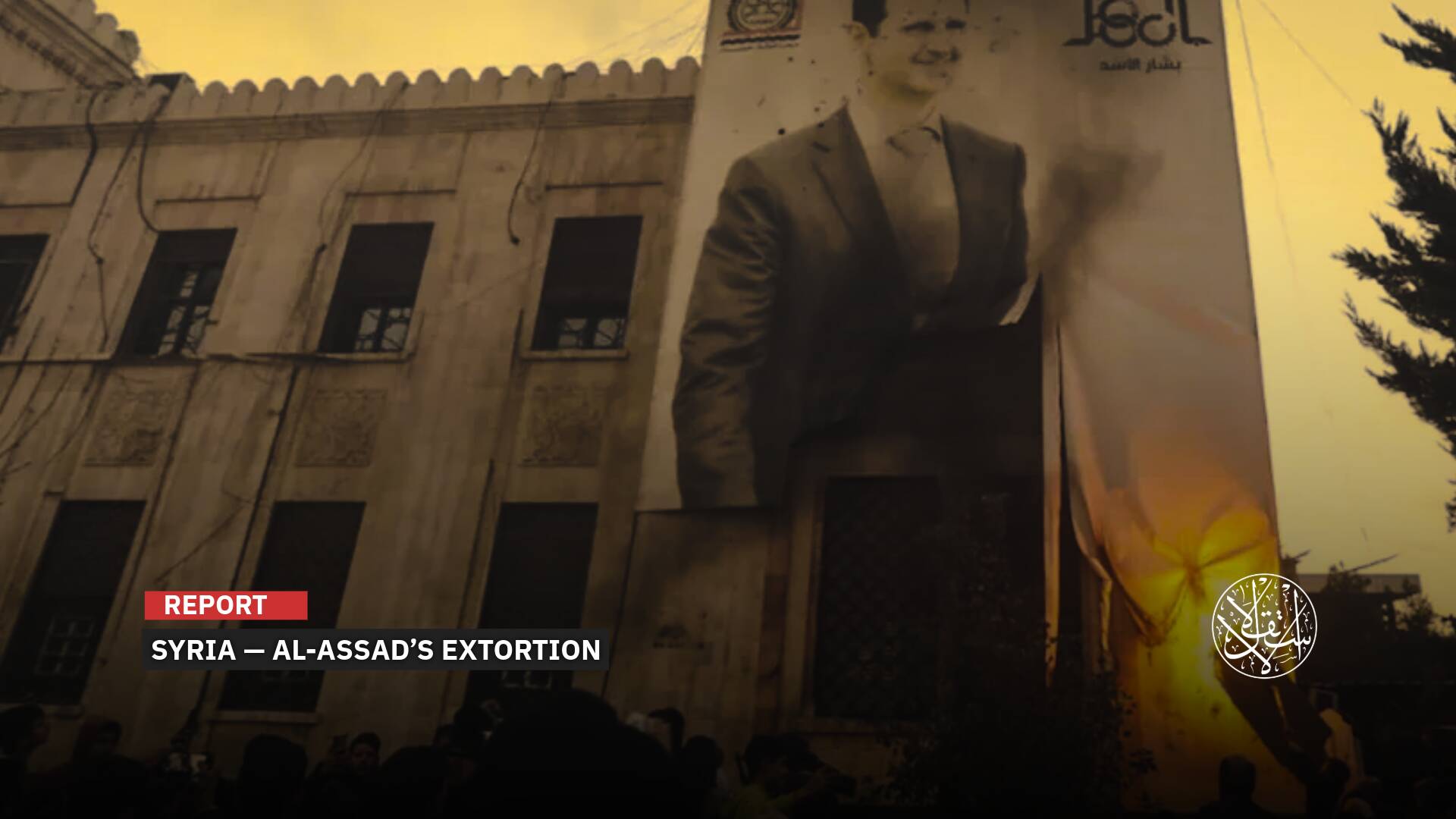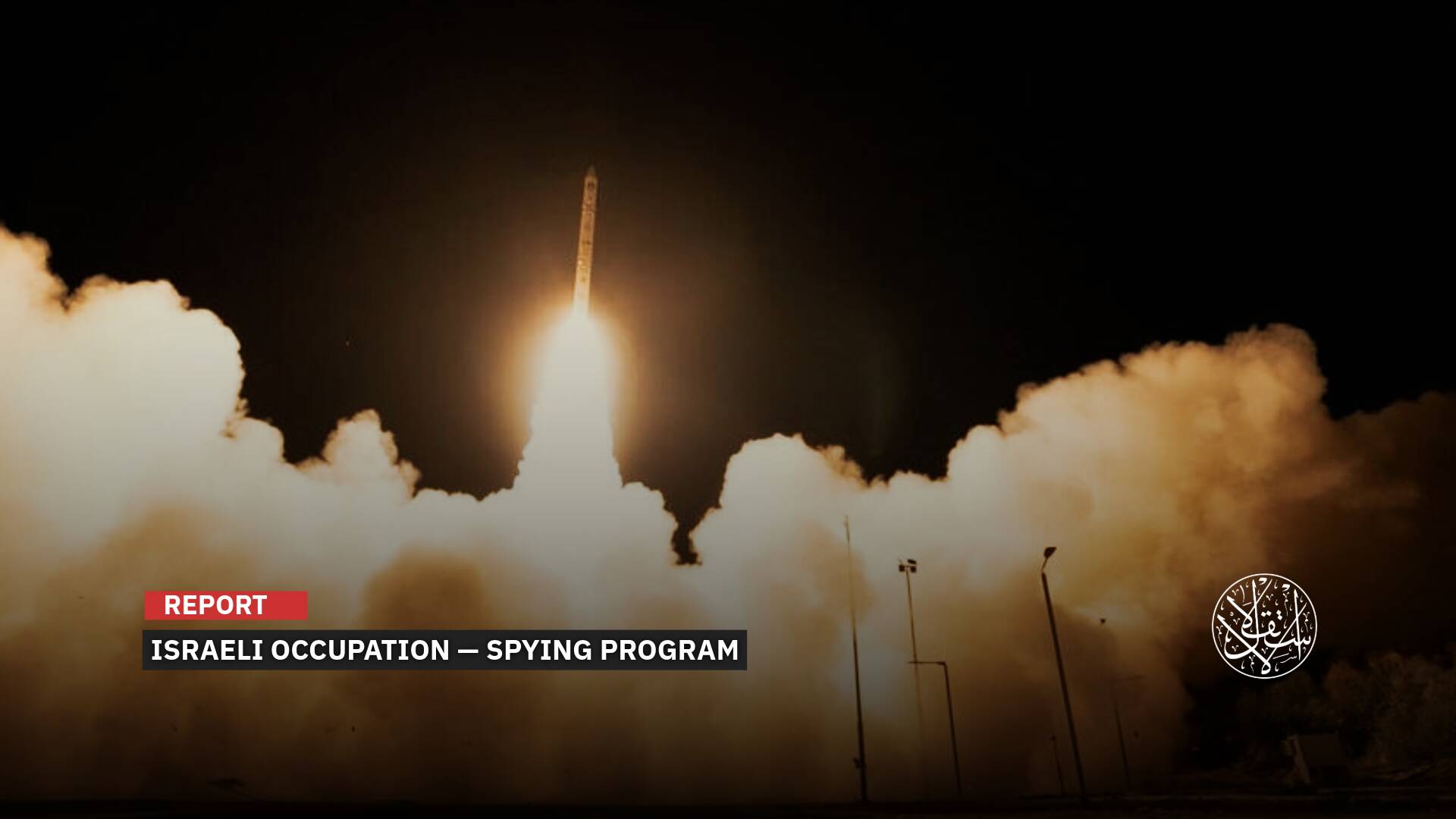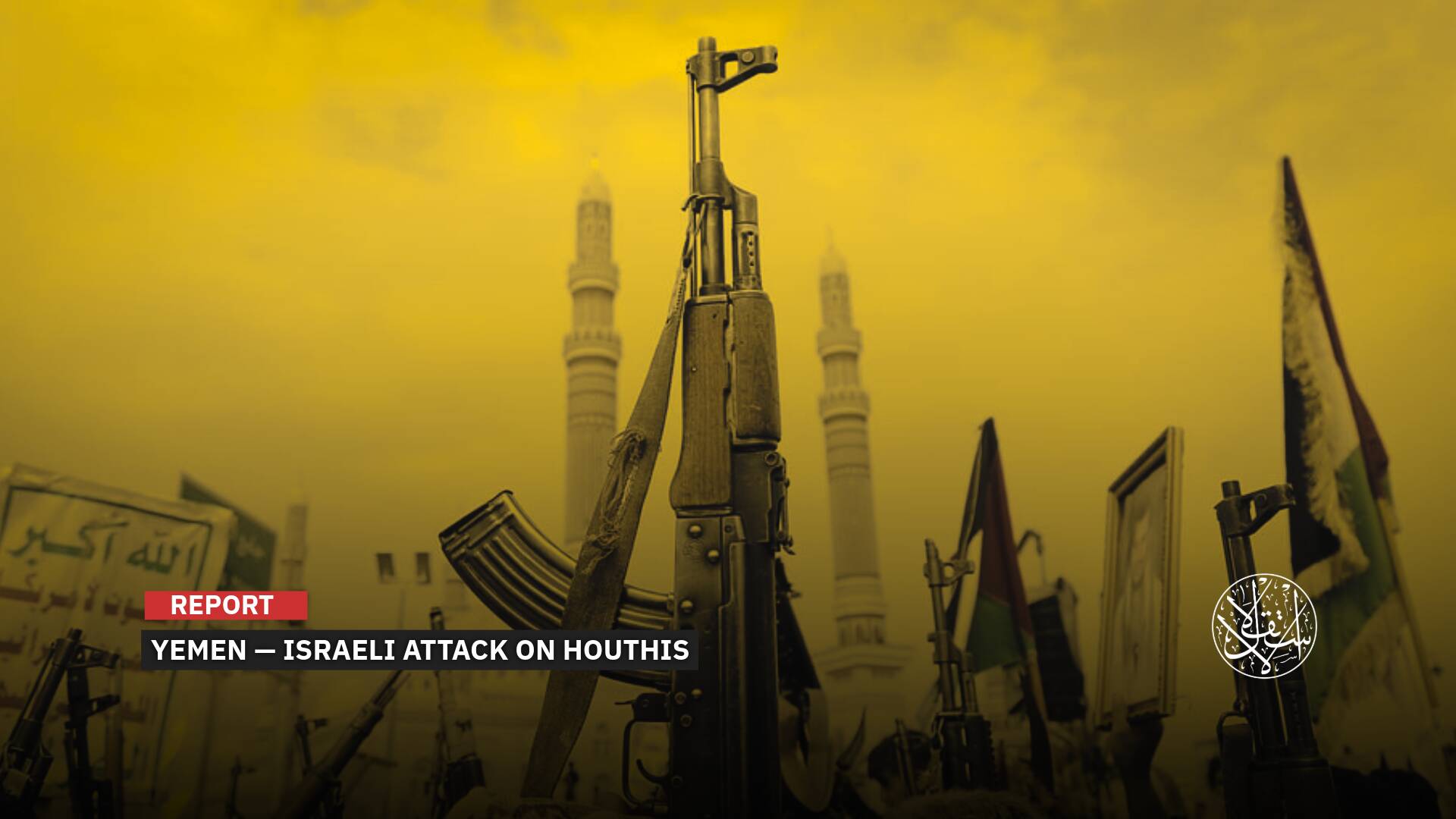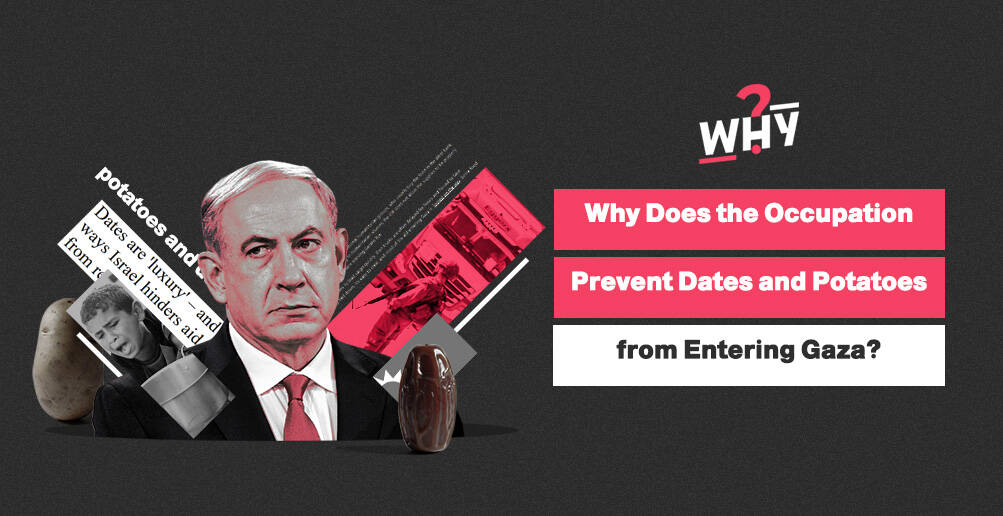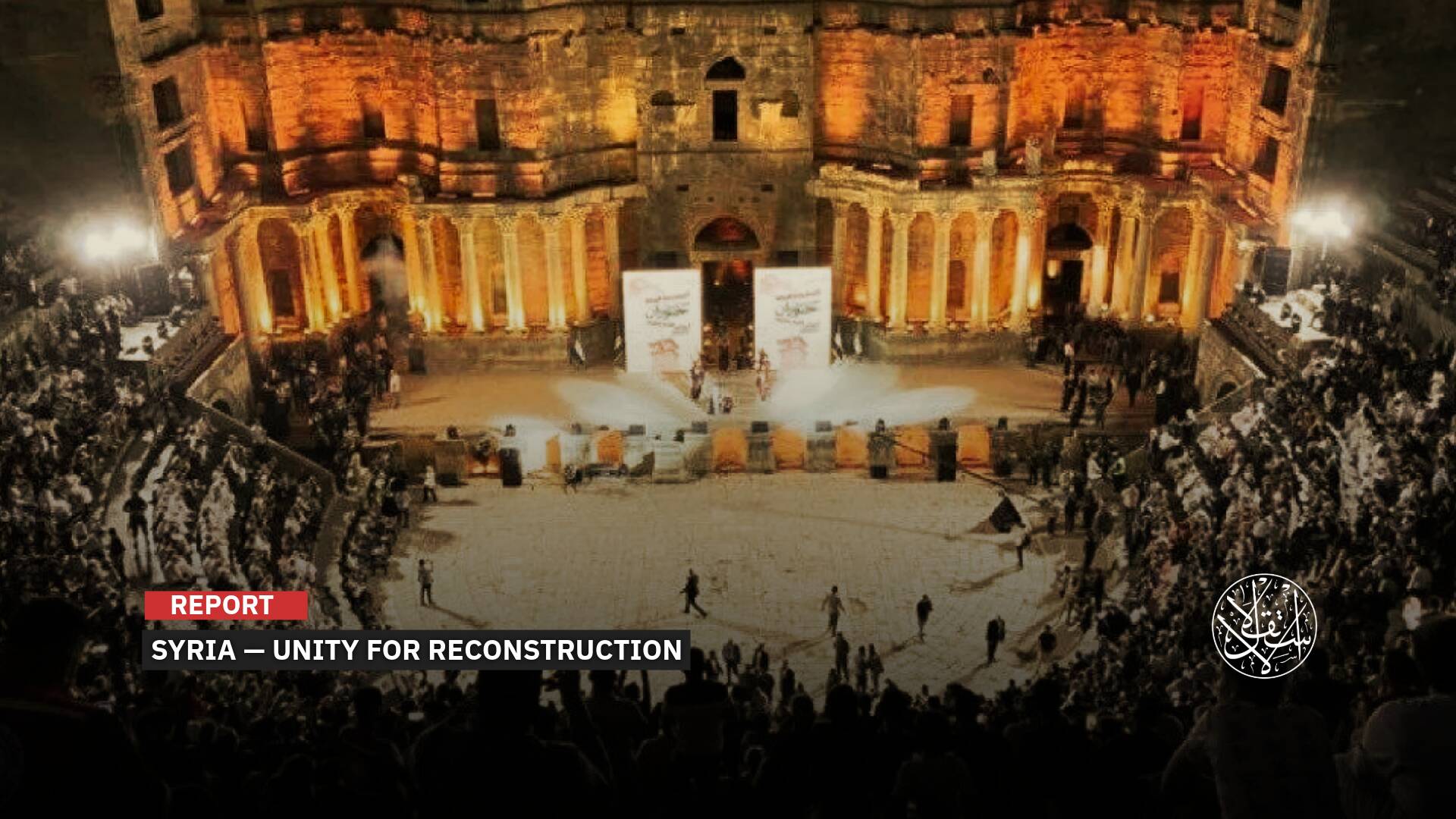This Is How the Syrians Depicted Heroic Scenes to Support the Earthquake Victims

The earthquake that struck southern Turkiye and northwestern Syria on February 6, 2023, revealed the solidarity of the Syrians and their real support for their afflicted brothers in the liberated north of Syria outside the control of the Bashar al-Assad regime.
With all the financial and in-kind contributions they can afford, Syrians at home, in European countries of asylum, and expatriates in the Gulf countries answered the call to support the 5 million people of northern Syria after the earthquake shattered their lives again in a few seconds.
Broad Solidarity
Many Syrians organized campaigns to collect donations and aid immediately after the earthquake for the benefit of those affected in northern Syria.
The magnitude of the earthquake was 7.8, followed by many aftershocks, leaving thousands dead and injured, as well as huge damage to buildings and property.
Hours after the earthquake, Syrians collected large quantities of in-kind aid, food, blankets, medicines, clothes, and some urgent needs to be sent to the affected areas.
Although the United Nations and international organizations left the Syrian opposition areas in northwestern Syria without any emergency intervention to provide relief to the affected people, from the first day of the earthquake until February 15, the Syrians succeeded in collecting tons of food, clothing, and medicine.
As for the opposition Syrian Civil Defense Organization (White Helmets), they responded to the call to save the quake victims in the countryside of Aleppo and Idlib. Most of the youth of the neighboring regions rushed to support those teams in the rescue and recovery operations.
The White Helmets have no modern equipment and mechanisms that cover all earthquake sites, in addition to their lack of urgent international supplies to help recover the victims.
Many residents of the earthquake-affected areas in northwestern Syria also launched calls on social media to help and volunteer to serve the earthquake-affected, providing them with emergency tents, food, drink, and medicine.
In the areas under the control of the Syrian Democratic Forces (SDF), the members of the Arab tribes launched the campaign Here is Syria and The Clans’ Relief, and they sent a convoy of Deir ez-Zor clans to help the Syrian north, including tents, blankets, furniture, medicines, and foodstuffs, as well as sums of money.
They confirmed in publications that the aid campaign for the afflicted in Aleppo and Idlib is not affiliated with any party, and it is a purely humanitarian campaign, indicating that it is provided by civilians to civilians, away from the control map between the forces and militias.
The people of Deir ez-Zor expressed that the earthquake will increase their attempts to what they called “breaking the wall of separation” between the Syrian lands by contributing to easing Syrians’ pain over and over.

Heroic Scenes
There is no doubt that the earthquake revealed heroic scenes for the Syrians, in which they made great donations for their brothers. For example, many were touched by a man selling his car and allocating half of its money to help the afflicted.
There was another man who offered all his real estate for urgent sale for the benefit of those affected by the earthquake in northern Syria.
As part of the Syrians’ solidarity, many coordinated and organized the sending of aid from Syrian refugees in Europe.
They succeeded in convincing the shareholders that the sums of money were faster to reach the affected areas, given the difficulty of shipping the in-kind materials that they collected urgently.
They suggested that the money will be sent faster than the clothes and foodstuffs that should be scheduled for delivery according to the shipping reservation system used in some countries, and it takes weeks.
A group of Syrian youth in Luxembourg managed to collect 100,000 euros as part of the Your Gift is Life campaign, which they launched to provide relief to those affected by the earthquake, confirming that the first batch of aid had been successfully received.
Syrian Fingerprints
Concurrently, there were calls to open additional crossings between Syria and Turkiye to facilitate the entry of aid coming from Syrians abroad into northwestern Syria.
There is only one crossing for UN aid to enter, which is the Bab al-Hawa border with Turkiye, located north of Idlib, which is the only artery open for relief, according to the Security Council resolution.
Through the Bab al-Hawa border crossing, which is about 33 kilometers away from Idlib, about 85% of the total humanitarian aid was delivered to Syria.
In light of the huge damage caused by the catastrophe, and the deepening suffering of the forcibly displaced from their homes by the Syrian regime’s military machine since 2011, new crossings were opened between Syria and Turkiye.
Indeed, the first aid convoy from the United Nations entered after the earthquake on February 15 through the Bab al-Salameh border with Turkiye, which has been suspended since 2020 due to Russian pressure on the UN Security Council, which led to the modification of the mechanism for delivering aid across the border.
On February 14, United Nations Secretary-General Antonio Guterres launched an emergency appeal to raise about $400 million to help the earthquake victims in Syria over a period of three months.
The Syrian academic, Bilal al-Mohammad, summed up the state of Syrian solidarity after the catastrophe of the earthquake by saying during his interview with Al-Estiklal: “The Syrians showed great solidarity and confirmed that the Syrian people are not a burden in this world after they were displaced from their cities by the Assad regime.”
He added: “Therefore, this popular donation came to provide relief to the people of northern Syria, who are already living in dire humanitarian conditions, so that the Syrians are sure that abandonment has accompanied them since 2011 when they dreamed of a democratic and economically prosperous homeland, not to be ruled by an authority that plunders the country’s capabilities and stands in the way of its development at all levels.
“There is a message that the Syrians wanted to convey to the world that they are sticking to their land despite the distance and the temptations of living outside.
“The Syrians, after 2011, are fighting a battle for survival, and all that we have seen of social solidarity is to emphasize the necessity of the battle in light of a world governed by interests,” according to the academic.
Al-Mohammad believed that “what we have seen of the great solidarity is nothing but a prior experience for the reconstruction phase in Syria.”
As for the Syrian writer Hafez Karkout, he said in a post on Facebook that the state of chaos “after the earthquake showed the beautiful face of Syria away from the ugliness of Assad, who traded in the disasters of the Syrians,” and he appeared smiling and laughing while inspecting the areas affected by the earthquake.
According to a report on the extent of human and material damage published by the Syria Response Coordinators team working in northwestern Syria, on February 15, the number of people displaced from the earthquake-affected areas in Aleppo and Idlib reached 153,893 (30,796 families).
The total number of homes destroyed by the earthquake reached 1,123, with another 3,484 homes subject to collapse.
The number of uninhabitable homes reached 13,733, while cracks appeared on 9,637 other homes.
As for the number of people affected so far by the earthquake in northwestern Syria, there are 853,849 people, most of whom were concentrated in the affected areas.


